Technological Innovations
Technological advancements are playing a pivotal role in shaping the Europe And Oceania Building And Construction Fastener Market. Innovations in materials and manufacturing processes are leading to the development of high-performance fasteners that offer enhanced durability and resistance to environmental factors. For instance, the introduction of corrosion-resistant coatings has become increasingly important, particularly in coastal regions of Oceania where exposure to saltwater can compromise structural integrity. Additionally, the integration of smart technologies in fasteners, such as sensors for monitoring structural health, is gaining traction. These innovations not only improve the performance of fasteners but also align with the growing emphasis on safety and efficiency in construction practices. As technology continues to evolve, it is likely that the fastener market will adapt, offering products that meet the changing demands of the industry.
Sustainability Initiatives
Sustainability is becoming a cornerstone of the Europe And Oceania Building And Construction Fastener Market. With increasing awareness of environmental issues, construction companies are prioritizing eco-friendly materials and practices. Fasteners made from recycled materials or those that can be easily disassembled for reuse are gaining popularity. In Europe, regulations are being implemented to encourage sustainable construction, which directly impacts the fastener market. For example, the European Union has set ambitious targets for reducing carbon emissions in the construction sector, prompting manufacturers to innovate and produce greener fasteners. This shift not only addresses environmental concerns but also appeals to consumers who are increasingly seeking sustainable options. As sustainability becomes a key driver, the fastener industry is likely to see a transformation in product offerings and manufacturing processes.
Rising Construction Activities
The Europe And Oceania Building And Construction Fastener Market is currently experiencing a surge in construction activities, driven by urbanization and infrastructure development. Countries in Europe, such as Germany and France, are investing heavily in residential and commercial projects, which in turn increases the demand for fasteners. In Oceania, Australia is witnessing a boom in housing construction, with a reported increase of 10% in building approvals in the last year. This heightened activity necessitates a reliable supply of fasteners, as they are essential components in various construction applications. The growing trend towards sustainable building practices further amplifies the need for high-quality fasteners that meet stringent regulations. As construction projects expand, the fastener market is poised for growth, reflecting the overall health of the construction sector.
Infrastructure Development Projects
Infrastructure development projects across Europe and Oceania are acting as a catalyst for the growth of the Building And Construction Fastener Market. Governments are increasingly investing in infrastructure to enhance connectivity and support economic growth. For instance, major rail and road projects in the UK and Australia are driving demand for robust fasteners that can withstand heavy loads and harsh conditions. The European Commission has allocated substantial funding for infrastructure improvements, which is expected to create a ripple effect in the construction sector. As these projects progress, the need for reliable fasteners becomes paramount, as they are integral to the safety and longevity of infrastructure. This trend suggests a promising outlook for the fastener market, as it aligns with broader economic development goals.
Modular and Prefabricated Construction
The rise of modular and prefabricated construction methods is significantly influencing the Europe And Oceania Building And Construction Fastener Market. These construction techniques, which allow for components to be manufactured off-site and assembled on-site, require specialized fasteners that can ensure structural integrity and ease of assembly. The demand for fasteners that cater to these methods is expected to grow, as they offer advantages such as reduced construction time and lower labor costs. In Oceania, the adoption of modular construction is gaining momentum, with several projects showcasing its efficiency. This trend is likely to continue, as builders seek to optimize resources and minimize waste. Consequently, the fastener market must adapt to meet the specific requirements of modular construction, potentially leading to the development of new fastening solutions.


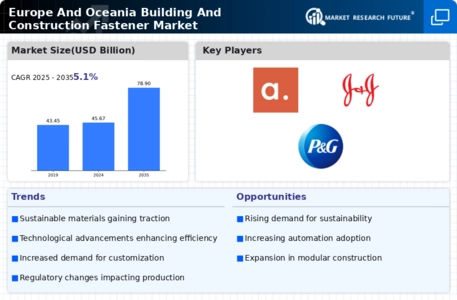
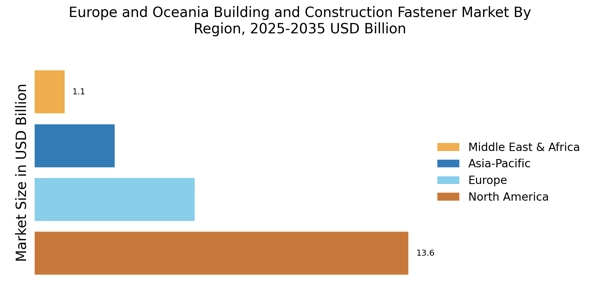
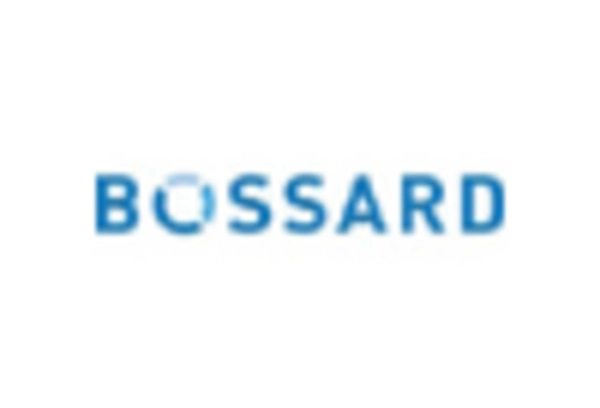
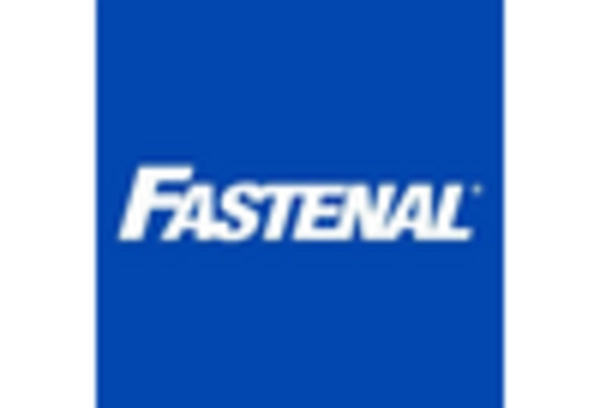



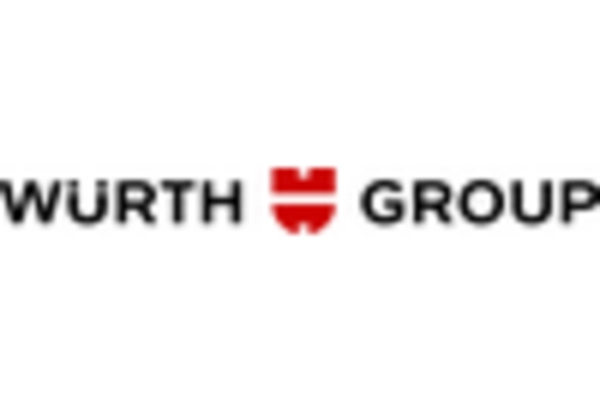








Leave a Comment